The answer is not as simple as a yes, or a no, but the short answer is no, it isn’t dead. Acting on that short answer, however, without knowing the rest is dooming oneself to be among those who THINK it’s dead, so… yes, because that is what many do.
Messages in a Bottle
There is good research out there to support the fact that people are reading emails still, and find value within those emails – even the ones from businesses as long as it’s actually relevant to them, or is something they’re looking for.
There are also plenty of articles written by those who truly believe it to be dead thanks in large part to a generation or group of younger people who don’t use email as much as the older generation.
The reasons why include that email doesn’t match the world they live in now, fast-paced, not having to wait for nearly anything, many and varied choices, and the ability to solve something almost instantly.
While this generation may prefer texts over emails, it doesn’t mean they don’t still monitor an email inbox.
Marketing = SPAM
Marketing emails tend to get a bad reputation, but it’s been solidly earned by those who have abused people’s trust, privacy and more to broadly oversell to them. This forced tougher laws like the CAN-SPAM Act here governed by the FTC, with some hefty fines attached for breaking any part of it. “Each separate email in violation of the law is subject to penalties of up to $42,530, and more than one person may be held responsible for violations.” – Direct quote from FTC page.
This isn’t the only law pertaining to consumer rights, it’s merely the tip of a very large iceberg. Other laws very recently passed regarding this are the GDPR in the EU, and Articles 11 & 13, all of which penalize businesses for noncompliance.
The Truth
More is NOT Better
There are so many different methods for sorting people into groups and categories for marketing purposes, and then there is targeting, retargeting, segmentation, and so much more to help get the targeted audience ‘just right’. The trouble with this is what it causes.
People search for a set of golf clubs on Amazon, and the next time they open Facebook, they’re being targeted for golf shoes, trips to go golfing, airline tickets for those trips, sports packages from cable companies for getting all the golf channels at half-price, and more.
This is causing unsubscribe rates never seen before, but this is because when email marketing was big, a 5% CTR wasn’t unheard of, whereas now it’s more like half a percent and that’s if the marketing team gets everything perfect. This is causing companies to blast out more emails to help offset the unsubscribe rate, rather than toning down the number of emails they’re sending to retain the people they already had and made sick of them.
Nobody wants to be broadly targeted to that degree, and none of those things were directly related to golf clubs. A better-retargeted ad might be golf club head covers or engraving.
Engagement Only Happens When it’s Engaging
People need to actually interact with what was written for it to matter. If they’ve opened it, that’s great – but if they’re not acting on anything afterward, then it’s not so great.
It’s also easier to be engaging in emails when the relevance is dialed in closer to what the person is actually looking for, rather than things distantly related to what they were looking for. The very worst case, which is still happening, are those who retarget without any sort of relation to what someone wants at all. In the case with the golf clubs, it would be like retargeting that person to offer them tickets to the opera at a discount.
People are engaging with content which most closely matches what they’re looking for, and with content which answers crucial questions, or solves existing problems and offers actual value to the customer.
Companies who believe in email sequences to warm up a customer, need to re-think the total number they’re using leading up to any product offering because that has changed too.
Considering each and every email HAS to be relevant and extremely compelling, it’s easier to do this over 3 emails maximum, than to stretch it unnaturally farther.
The goal is to have more emails read, and acted upon – to reverse the click-through rate decline caused by sending ‘filler’ emails just so something is being sent at all.
Timing is Everything
Timing needs to make sense these days; the times of batch & blast are over. It’s more important to know when the right times are to send emails to specific groups, which requires segmentation, and a bit more attention. Some simple demographic information can be gleaned from these segmented, smaller groups, which allow more personalized emails to be generated. The more personal they are, the better the chances they’re read because the recipient’s curiosity has been piqued.
Times to email someone on a company’s opt-in list, would be when something new is about to be released or announced, or something else truly considered to be unique, or novel in nature.
Other good times to email would be during a holiday, for the person’s birthday, or another seasonally appropriate holiday if the business has any sort of seasonal aspect to it which makes sense like a chocolatier on Valentines Day, or snow plowing services just before the first big seasonal snowfall.
If a special is being run, that’s another great time to send an email out.
Make it Personal
People love businesses which are active in their own communities, which support things like local teams, or charities via runs or feeds, and they even enjoy hearing about the business’ own successes, like a 20-year commemorative sale for being in business two entire decades. The more they feel they know the company, the better the chances are they’ll buy.
If they buy, the chances of them staying depend entirely on the ability to keep sending quality information their way, and relevant items they might be interested in, in future. Loyalty comes after many of those types of purchases, and word of mouth can help do the rest. Relevance matters more than ever today, but so many still ignore it – and continue to blast emails that are only causing people to abandon ship as fast as possible.
The Long Answer
The short answer was given above, that no, email marketing is not dead. This is still true, as demonstrated, and with plenty more evidence out there – it appears the only thing that is dead is people’s patience with spam.
This means that email marketing is dead for those who broadly target people, overtarget, and email more than is reasonable (see the section on Engagement). This is exactly the opposite for companies which value their prospects and treat them accordingly. The long answer is that it’s only dead if the marketing plan is garbage, to begin with.
Consider Your Sources
Marketing changes extremely quickly, and what worked ‘once upon a time’ in the golden age of marketing may never work again, and hasn’t stopped some less honorable marketers from selling their knowledge, which hasn’t worked in years, to the unsuspecting. If the success story is older than 5 years, it’s likely too old to follow anymore, because whatever worked for them, worked more often WHEN, not HOW.
Try to keep your marketing ‘gurus’ up to date, so that the latest and best tips on how to market in a current climate always apply, and no time is wasted on old strategies which don’t work enough to warrant mention.

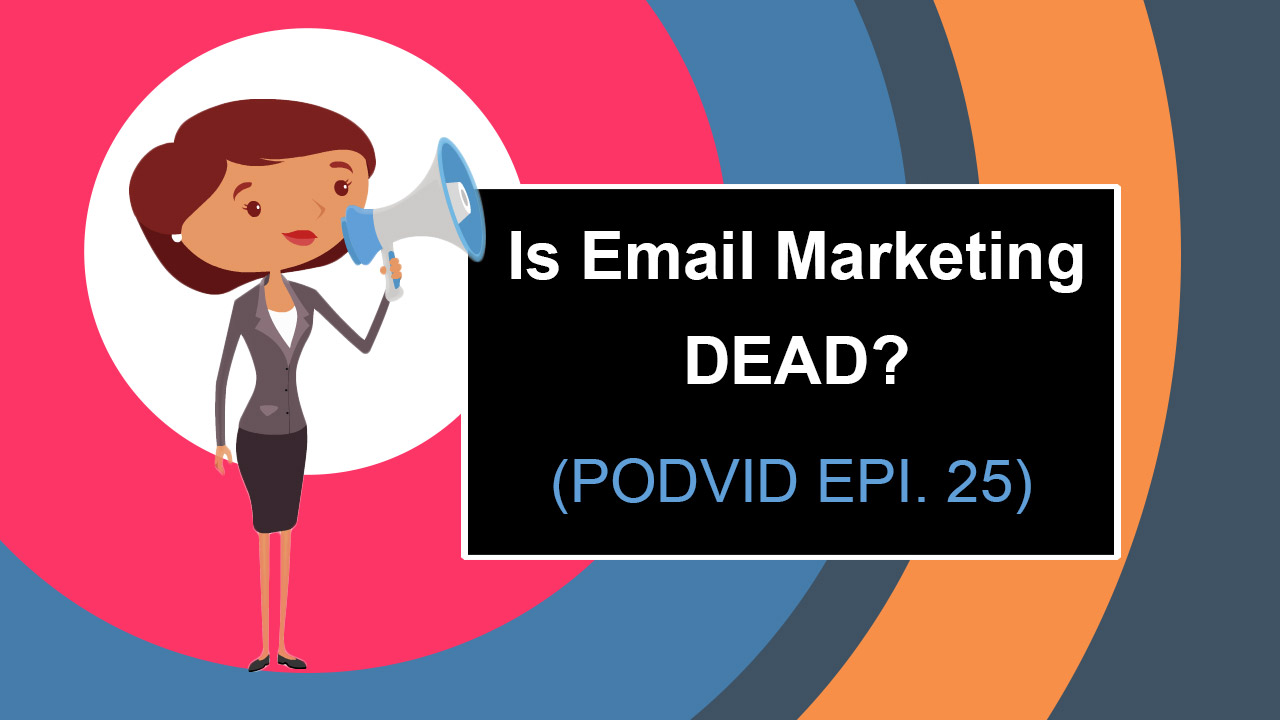
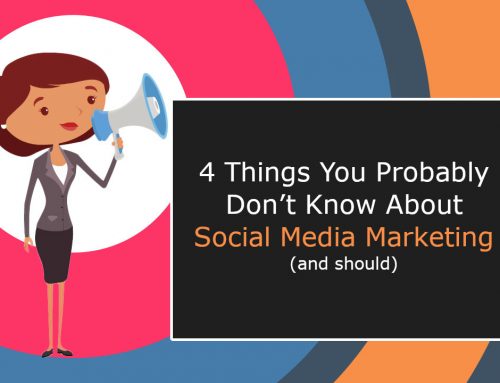
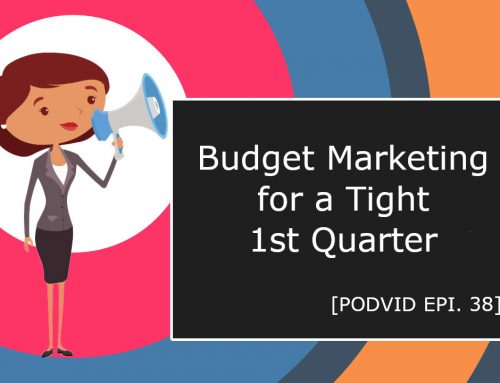
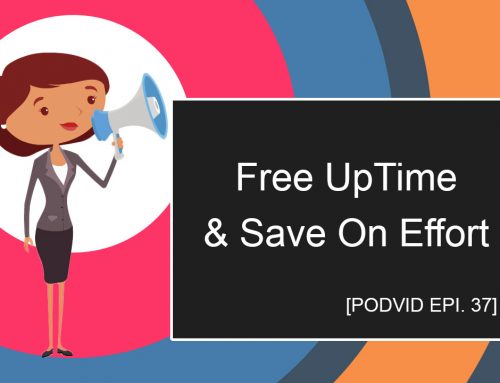
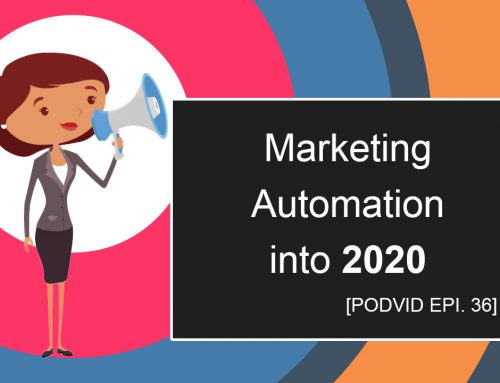
![Do you know BERT? [Google SEO]](https://magiwebsa.com/wp-content/uploads/2019/11/podvid-epi35-cover-500x383.jpg)